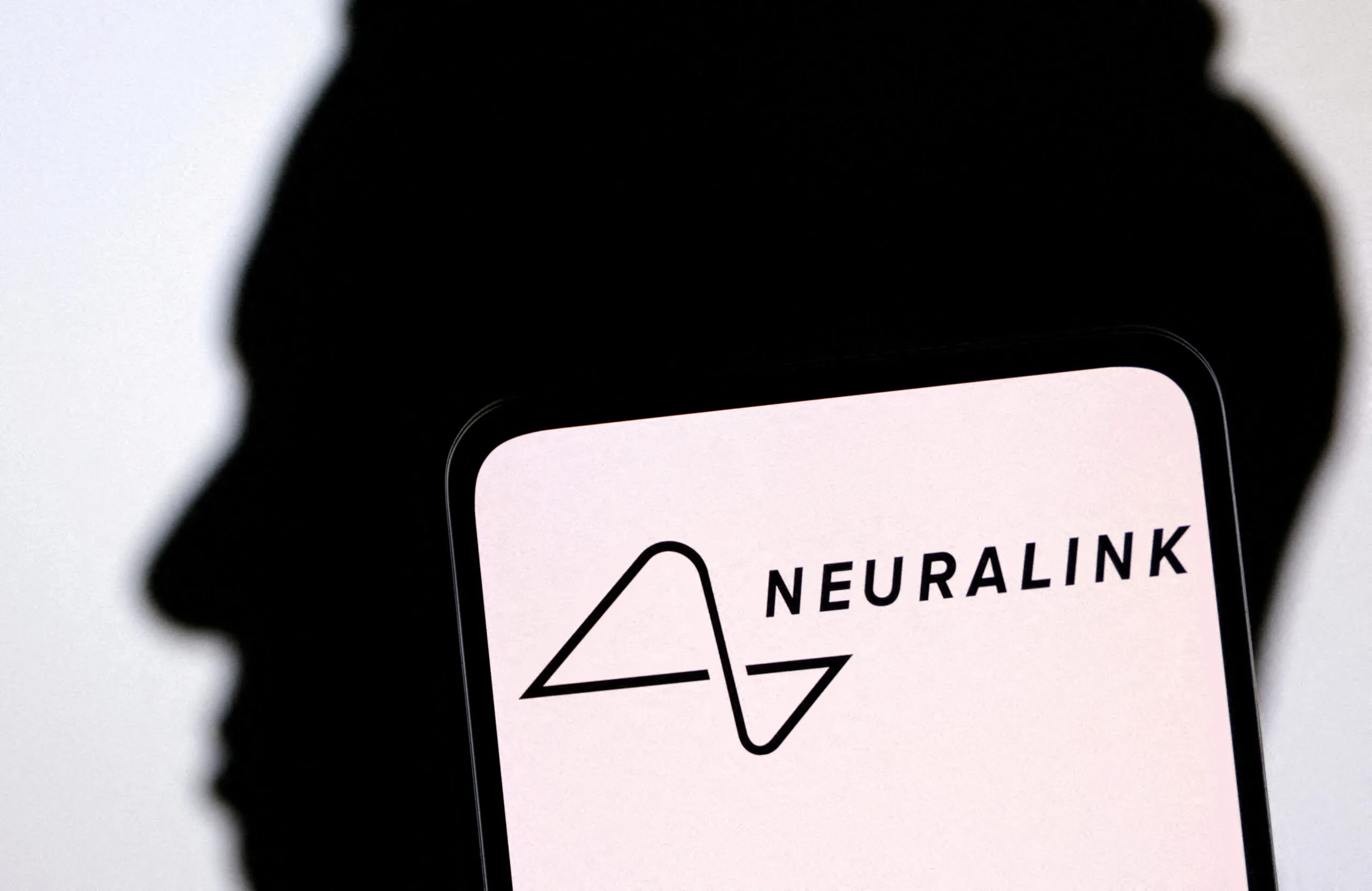
Neuralink, Elon Musk’s brain-computer interface company, has faced issues with the retraction of tiny, delicate wires in its devices, a problem known to the company for several years from prior animal testing, according to multiple sources familiar with the matter.
According to Reuters, despite these known risks, Neuralink moved forward with human trials without redesigning the implant. The disclosure that the wires had dislodged in the brain of its first human patient last week brings to light longstanding concerns about the implant’s design and reliability.
The wires in question are crucial components of the Neuralink device, thinner than a human hair, designed to decode brain signals by interfacing directly with brain tissue. These wires retracted from the patient’s brain in the company’s first human trial, leading to a loss of some electrodes that monitor brain activity.
Despite the setback, Neuralink was able to restore some functionality of the implant by adjusting its algorithm to increase sensitivity in signal detection.
Known Issues from Animal Testing
Insiders familiar with Neuralink’s operations, who requested anonymity due to confidentiality agreements, revealed that the company had encountered similar issues during its animal testing phase. The risk was considered low enough that it did not warrant a redesign of the system, even as it moved towards U.S. regulatory approval for human trials.
The ambitious aim of Neuralink’s technology is to enable individuals with severe physical disabilities to operate digital devices through thought alone, potentially transforming the lives of people with conditions like spinal cord injuries.
The company’s first human subject, Noland Arbaugh, paralyzed from the shoulders down due to a diving accident in 2016, received the implant in January. Despite the technical challenges, Neuralink has reported that Arbaugh has been able to control a computer cursor and engage in digital activities such as playing video games and browsing the internet, demonstrating significant advancements in brain-computer interface technology.
Further complicating the company’s path, the U.S. Food and Drug Administration (FDA), which was made aware of the potential issue with the wires from Neuralink’s animal test results, approved the start of human trials. The FDA has declined to comment specifically on the issue but stated it would continue to monitor the safety of patients involved in Neuralink’s ongoing study.
Design Challenges and Risks
The design dilemma for Neuralink is not merely about preventing wire retraction. Anchoring the wires more securely could lead to brain tissue damage if the threads need to be removed or if they dislodge accidentally, adding another layer of risk. The company has focused on designing the threads to be easily removable to facilitate updates as the technology develops, according to statements from current and former employees.
In the aftermath of the implantation, Neuralink disclosed in a blog post that several threads had retracted, but it did not specify how many of the 64 threads were affected nor detailed any adverse health effects on Arbaugh. The company has celebrated Arbaugh’s new record for speed in controlling a cursor by thought, which underscores the potential of the technology despite the hurdles.
Experts in the field, like Robert Gaunt, a neural engineer at the University of Pittsburgh, note that movement of such wires is a known challenge, particularly in the early stages post-implantation. The issue stems in part from how the brain shifts within the skull, a mechanical reality that complicates the stability of brain implants.
Previously, Neuralink’s initial application for human trials was rejected by the FDA in 2022 due to safety concerns about the threads after some pigs implanted with the device developed brain inflammation known as granulomas. Further animal testing addressed these concerns to the FDA’s satisfaction, leading to approval for human testing. However, the full implications of these findings remain part of an ongoing investigation by Neuralink.
Related News:
Featured Image courtesy of DADO RUVIC/REUTERS
